Coordinator
The innovation network XR-INTERACTION was initiated by the Professorship of Ergonomics and Innovation Management at Chemnitz University of Technology. Together with the VRVis Zentrum für Virtual Reality und Visualisierung Forschungs-Gmbh, Vienna and the Professorship of Production Systems and Processes (TUC), it is responsible for the coordination of the network and the network work.
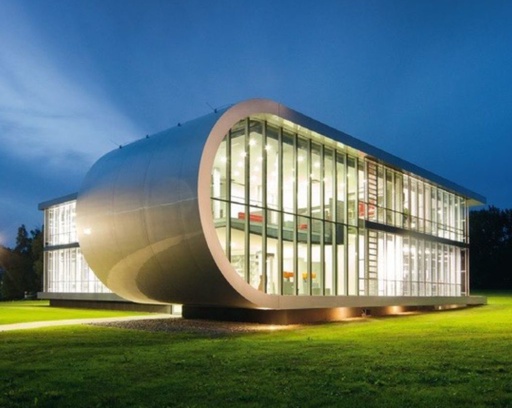
Institute building of the Professorship of Ergonomics and Innovation Management on the university campus "Erfenschlag"
Professorship of Ergonomics and Innovation Management
Research on human-technology interaction with a focus on 3D interaction and virtual technologies.
The professorship with its 35 scientific staff has been conducting research at the interface between humans and technology for more than 20 years. The research work is oriented towards the user cendered design process with a focus on evaluation research. In more than 15 multi-year research projects on the development of new XR technologies and their use in industrial as well as work and life environments, questions regarding acceptance, usability, perception of presence and other factor-human-related criteria have been investigated.
VRVis Zentrum für Virtual Reality und Visualisierung Forschungs-Gmbh
VRVis is an internationally recognized and Austria's largest research institution in the field of Visual Computing.
VRVis is Austria’s leading research institute in the field of visual computing, with locations in Vienna and Graz. As a COMET competence center, VRVis operates with around 70 researchers at the intersection of science and industry, strengthening companies in various fields through technological innovation from the areas of artificial intelligence, image analysis, visual analytics, Extended Reality and simulation.
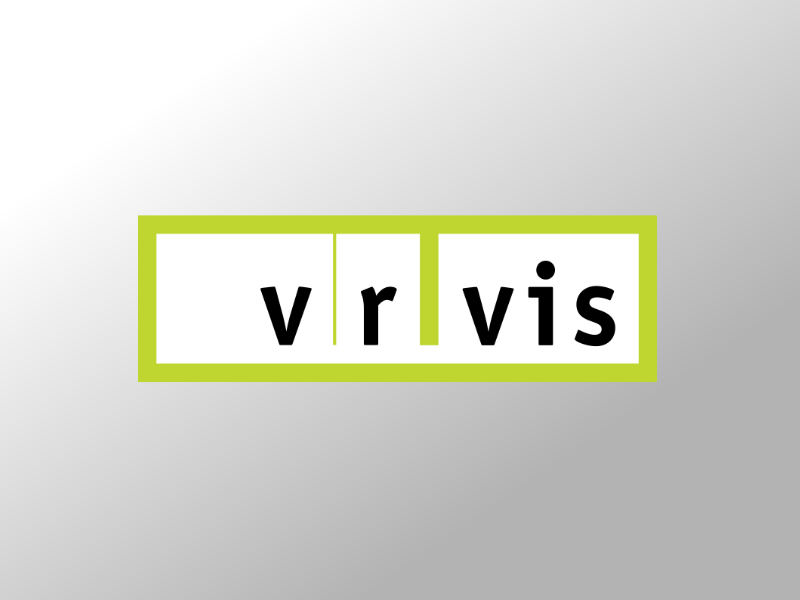
VRVis
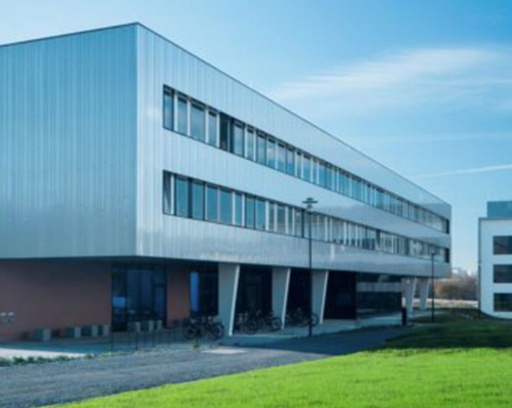
Institute building of the Professorship of Production Systems and Processes on the university campus "Reichenhainer Straße"
Professorship of Production Systems and Processes
Research and development of virtual technologies in the field of virtual, augmented and mixed reality.
For more than 20 years, the professorship and its more than 50 scientific staff have been conducting research on virtual technologies. Starting with projective VR, the researchers are now mainly concerned with mobile XR technology, with a focus on VR/AR visualization and related 3D model generation and conversion, integration with different capture systems and their connection to external systems and data sources, motion capturing and the integration of stand-alone solutions, as well as VR/AR interaction and navigation methods and user interfaces.
Selection of own research work
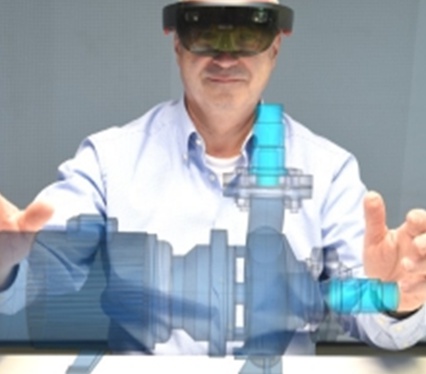
Augmented reality for assembly assistance
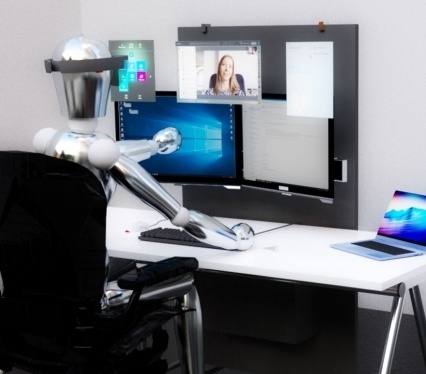
Use of Mixed Reality in the Knowledge Workplace
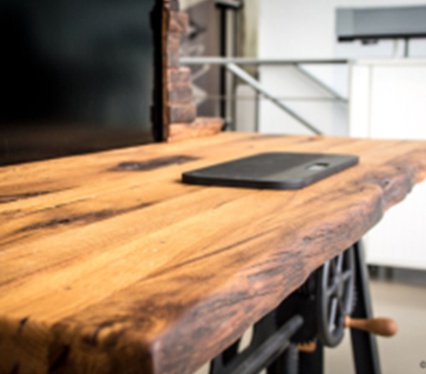
Ultrasonic feedback for gesture-based control
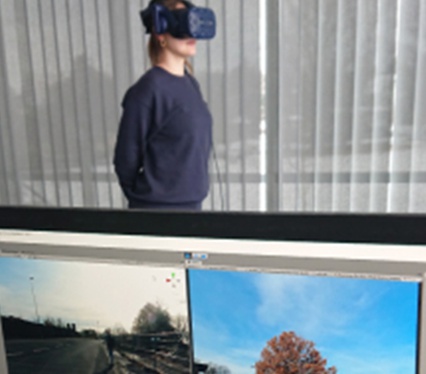
Virtual Reality for citizen participation in urban plannin
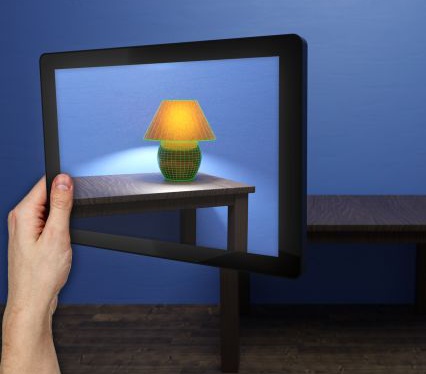
Simulation of light sources in augmented reality
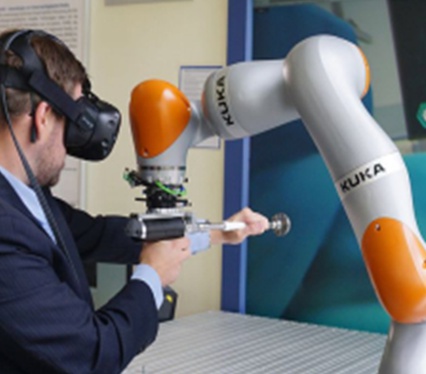
Surgery training simulator with haptic feedback

Haptic feedback for touchless interaction
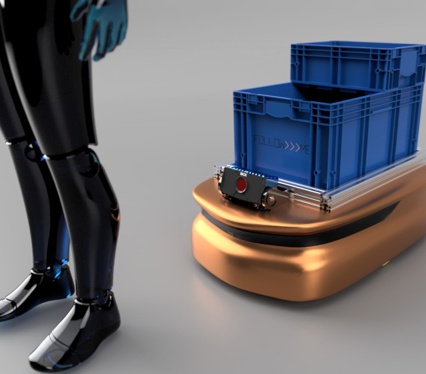
Spatial Augmented Reality for Human-Robot Interaction
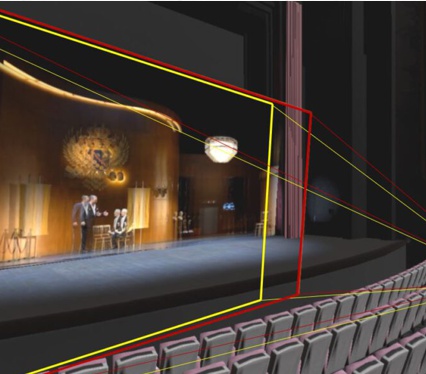
Virtual theater formats for cultural participation
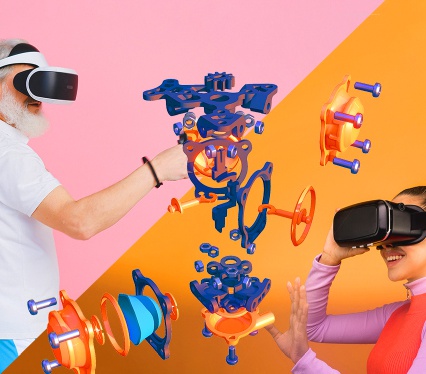
Collaborative virtual visualization tools

Social presence in virtual concerts
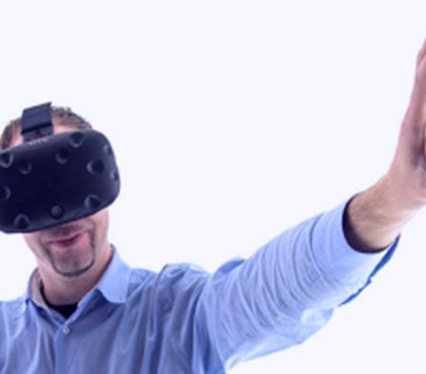
Technologies to improve the spatial presence experience
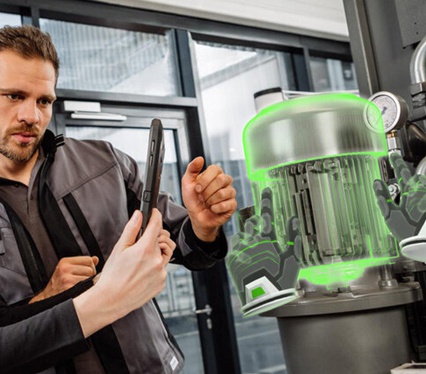
Remote support for industrial tasks with AR

Combination of telepresence robotics and VR
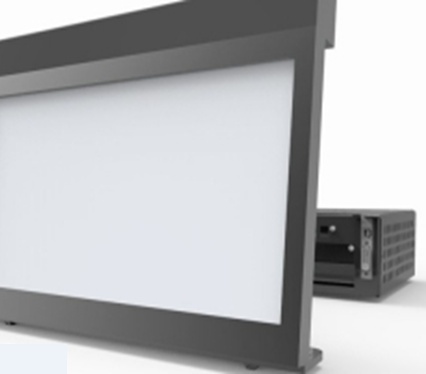
3D perception in autostereoscopic displays
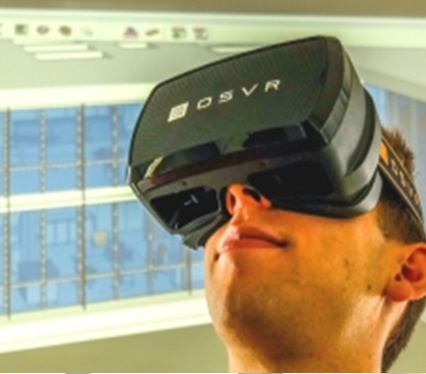
Methodology research for VR user studies
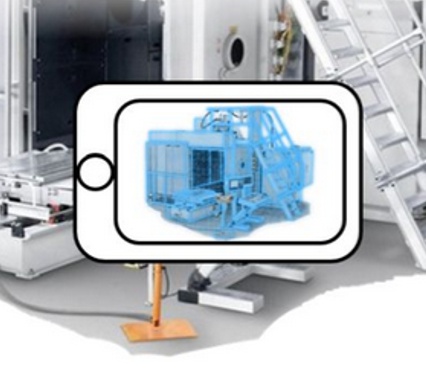
AR support via digital twin
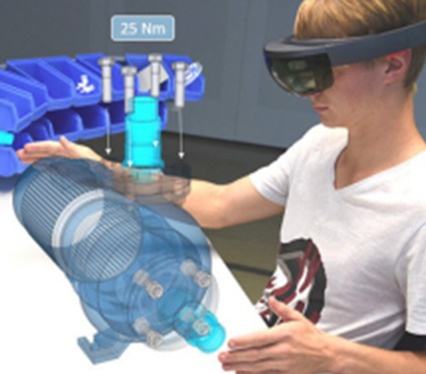
Virtual technologies for learning and training proces
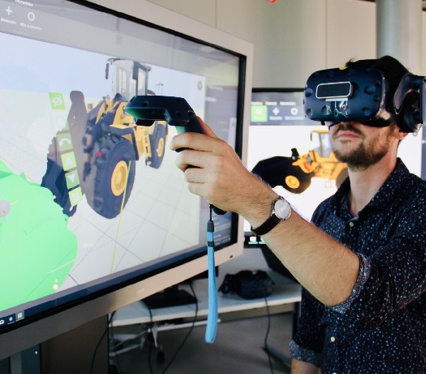
Use of virtual reality in product development
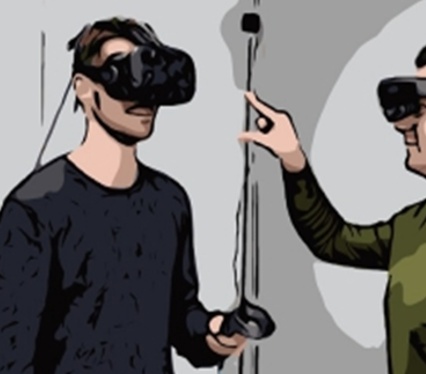
Use of virtual techniques for evaluation studies
Lab Landscape
Both facilities have a large laboratory landscape with different laboratories in which virtual technologies can be developed or used and tested.